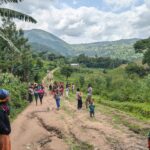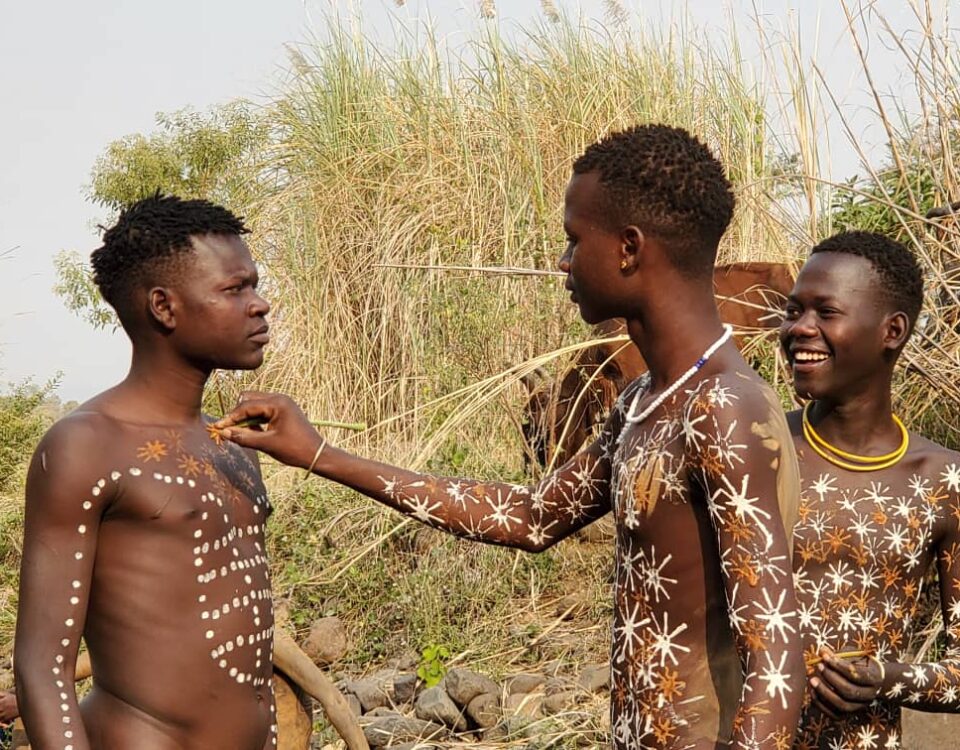
Planning a Trip to Ethiopia: Everything You Need to Know
June 14, 2025Tucked away in the remote southern reaches of Ethiopia, the Omo Valley is one of the most culturally rich and anthropologically significant regions in Africa — and the world. Often referred to as a “living museum of humanity,” the Omo Valley is home to over 16 distinct ethnic groups, each with its own language, traditions, body adornments, and ancestral customs. These tribes have preserved lifestyles that have remained largely unchanged for centuries, offering rare insight into humanity’s diverse expressions of identity and community.
A Diverse Cultural Landscape
The Omo Valley tribes are as varied in tradition as they are in appearance. Some of the most well-known groups include:
Hamar (Hamer) Tribe
Renowned for their bull-jumping initiation ceremony, the Hamar are pastoralists known for their intricate hairstyles, body painting, and use of ochre clay. Women adorn themselves with heavy beadwork, metal bracelets, and goatskin clothing, while men wear feathers and carry wooden stools — symbols of status and practicality. Their ceremonies celebrate rites of passage, fertility, and connection to nature.
Mursi Tribe
Perhaps the most visually iconic of the Omo tribes, the Mursi are famous for the large clay lip plates worn by women as a sign of beauty and maturity. Men are known for body scarification and warrior traditions. Despite outside fascination, the Mursi maintain a proud and deeply spiritual society, rooted in ancestor worship and animist beliefs.
Karo Tribe
Living along the eastern banks of the Omo River, the Karo are masters of body and face painting, using natural pigments like white chalk, charcoal, and red ochre. These artistic expressions are part of ceremonies, dances, and courtship rituals. Though one of the smallest tribes in population, their cultural practices are some of the most visually striking.
Dassanech Tribe
Residing near the shores of Lake Turkana, the Dassanech are a semi-nomadic people who adapt to one of the harshest climates in the region. Known for their creative use of recycled materials for personal adornment, they construct elaborate hairstyles and headdresses from bottle caps, shells, and metal scraps — blending tradition with adaptation.
Banna and Tsemay Tribes
These agro-pastoralist groups share linguistic and cultural links with the Hamar but retain their own distinct identities. Colorful beadwork, hair-braiding styles, and musical ceremonies mark their communal life. They are known for their hospitality and cooperative spirit.
Why the Omo Valley Matters
The Omo Valley is not just a destination — it is a living anthropology lesson, a place where visitors can witness traditions passed down through oral history, community rituals, and a deep connection to the land. However, modern pressures such as climate change, land development, and cultural tourism are impacting traditional life. Responsible, respectful tourism is essential to preserving these unique cultures for future generations.
A Journey of Respect and Learning
Visiting the Omo Valley requires more than a camera — it requires curiosity, humility, and cultural sensitivity. These communities welcome guests who are genuinely interested in learning and exchanging experiences. Traveling here is not just about seeing — it’s about connecting.
Let me know if you’d like this adapted into a tour brochure or website section — or if you’d like a version focused on photography, anthropology, or ethical travel.


